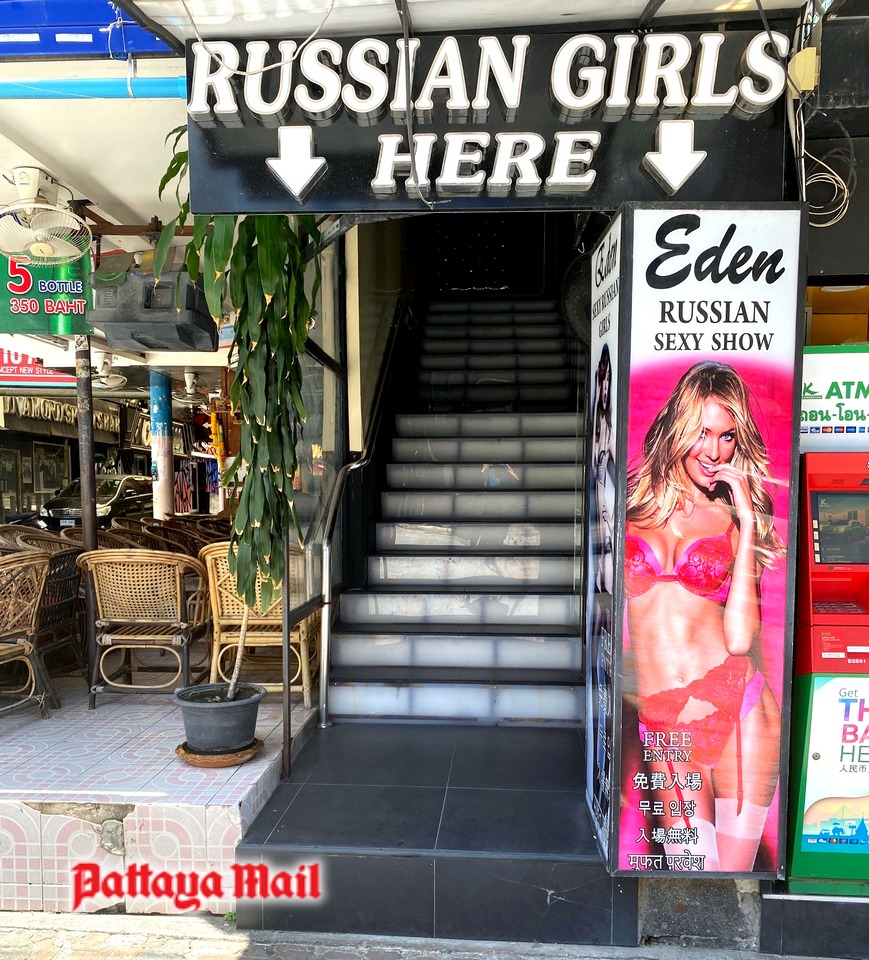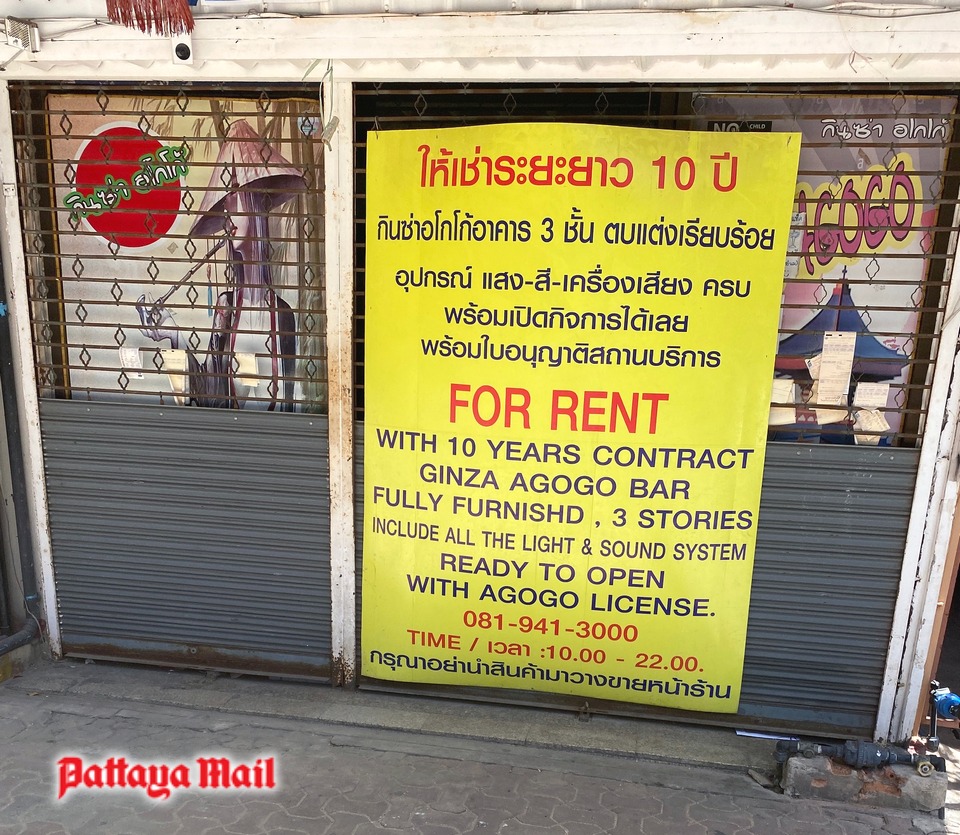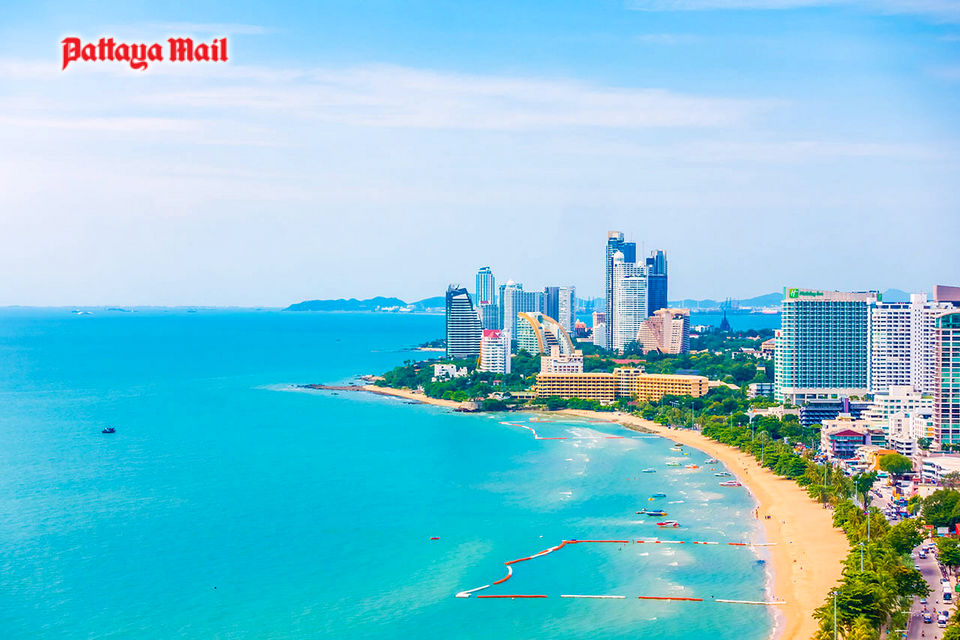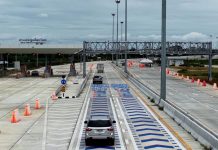
The waterfront soul of traditional Pattaya is about the same size as Vatican City even if the similarity ends there. But the bars and clubs of Walking Street have been shuttered for months and parts look scheduled for demolition. The Pattaya local authority has already stated that the dozens of premises jutting into the sea will not be able to renew their entertainment licences as they are illegal structures. Moreover, the whole area should be turned into a 21st century business and leisure complex far removed from the sins of the flesh.
The key to the future now is the Eastern Economic Corridor (EEC) consortium, a 1.7 trillion baht mega project for three provinces (including Chonburi and Pattaya) which is heavily dependent on foreign state and private investments. But China is the biggest player. To its supporters, the EEC is a paradise of tax-free industrial zones and green smart cities fuelled by 5G technologies and driven by business allies, including the Thai energy giant PTT which believes that the eastern coast of the Gulf of Thailand can become the hub of the vast Southeast Asian market for exports.

Social media critics say they don’t believe a word of it, but international EEC funds have already built the eight lane Motorway 7, linking Maptaphut with Bangkok. The hi-speed rail network, linking Rayong airport to transport hubs in Bangkok, is another EEC project and one being built by the state-owned China Railway Construction Company. Many Chinese companies have already bought heavily into the EEC, including Alibaba, Great Wall Motors and Huawei. Improved infrastructure is essential for the development of the Silk Road and Chinese investors are attracted by Thailand’s tax-free incentives and the country’s pivotal geographical position in the region.
Pattaya authorities are keen to add the resort to the gravy train. A new 2.9 billion baht mega project for Bali Hai Pier to include waterfront expansion and a terminal for cruise ships has already been sent to the EEC, whilst the adjoining Walking Street is planned to turn into landscaped gardens, department stores, classy restaurants and family entertainment venues. Pattaya Mayor Sonthaya Kunplome has confirmed his aim to turn Walking Street into a world-class for shopping, eating and nightlife.

So everything depends on the EEC policy committee and its Thai and international backers: Pattaya would be a tourist center serving the EEC rather than western night owls. Meanwhile, enthusiasm for a reopening of the sinful Walking Street is waning as former operators realize that a combination of the ongoing Covid-inspired tourist collapse and the determination of national and local government to rejig Pattaya’s waterfront beyond all recognition are compelling factors. To all intents and purposes, the familiar Walking Street has died. No amount of sentimentality can re-start its heartbeat.
 |
 |
 |





